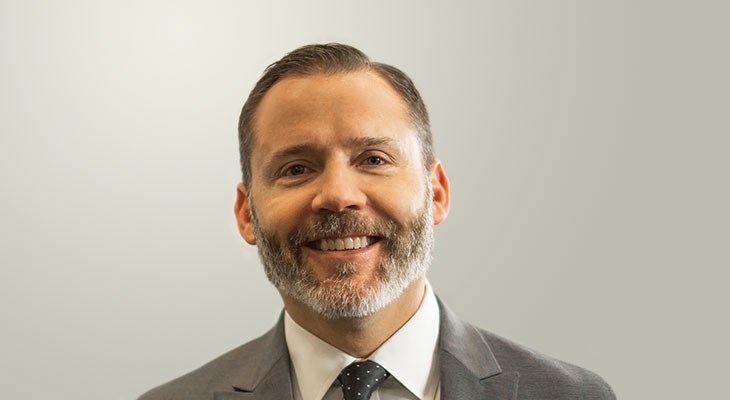When Brett Lindsey put Everstream on a growth trajectory that exceeded everyone’s expectations, potential buyers and investors took notice.
After taking on a private equity investor in 2015 and making successive acquisitions in 2016 and 2017, the super-regional network service provider, which now has more than 10,000 miles of fiber across five states, had tripled its revenue and was on track to grow EBITDA by almost 10 times.
“We had a significant amount of inbound attention being paid to us,” says Lindsey, Everstream’s president and CEO. “Other strategic telecom players were interested in acquiring us to make us part of their bigger portfolio of networks across the U.S.
“As that interest came in, it was a conversation between myself and our investors,” he adds. “What is the price that we would sell the business for? We were working towards a five-year exit plan and this was only year three.”
After receiving 16 bids, Lindsey completed a deal to sell Everstream for more than $330 million in September 2018 to a surprising buyer: Australia’s AMP Capital. Here’s an inside look at how the deal got done and Lindsey’s takeaways from the process.
Show your work
The purchase price in a sale is always pivotal and reaching a figure that is agreeable to both buyer and seller can be a challenge.
“You have to be able to communicate where the value is coming from and how are you justifying the price that you're asking,” Lindsey says. “Just saying the multiples in our space are 15 times EBITDA when your business isn't exactly lined up with another comp that you could point to, then you have to be able to walk people through it and tell them a story as to how you are justifying what you’re asking them to pay.”
Lindsey and his team agreed that they would need at least $300 million to sell Everstream. Prior to formally reaching out to an investment bank, they welcomed interested companies to “come in and kick the tires a little bit and have conversations with us.”
“We didn't get quite to the $300 million number and that was the commitment that I had made to investors,” Lindsey says. “So we then brought in the bankers. What was interesting is the path that you think your process is going to take and the way that it actually goes are often very different. There's so many things outside of your control that can impact the final outcome.”
Be agile
As Lindsey began the sales process, he fully expected a strategic buyer would emerge as the winner.
“There had been a shift in the financial sector that allowed for infrastructure funds — big huge funds with billions of dollars under management that are typically buying airports, toll roads, bridges and port authorities and things like that,” Lindsey says. “The fiber networks that we run were now considered infrastructure for them from an investment standpoint. And so when we ran our process, we ended up with a very frothy number of offers — 16 bids for the business. Eleven of them were from financial buyers, not strategic.”
Financial buyers take a longer term outlook than a traditional private equity firm.
“A PE firm wants to come in, buy a company and then get out and make their money in typically five to seven years,” Lindsey says. “These large infrastructure funds are looking for 10 plus one plus one, so almost a 12-year investment horizon. It allows for them to pay more because they have a longer period of time to recoup their investment. And so we ended up getting an exit more than 10% higher than what we had originally expected to get by selling to a financial buyer instead.”
Keep the future in view
Everstream investors were always top of mind for Lindsey as he explored potential deal options.
“First and foremost, I need to deliver results for them,” Lindsey says. “Second, every one of our employees is a shareholder. So I was coming at this from two paths. One, I need to generate the highest level of returns I can because that benefits everyone. But I was also trying to find the right party that would allow for us to continue our growth plans.
“It is very much a roller coaster of emotions trying to make certain you’re weighing all of the factors that are going to be positive for all the constituents — the investors, the employees and the management team,” he adds.
As Lindsey looks at the deal Everstream made with AMP Capital, he sees a sizable return for investors and an opportunity to provide cash to every one of his employees.
“It gives us an opportunity to do it again by going ahead and finding a new investor that wants to invest in growth for the business and then have another exit in the future which would provide even more for the people that work here,” he says. “It all goes back to trying to quickly build as deep a relationship as you can with the buyer to understand what's driving them and are you aligned. It was clear from a few of the bids that we weren't aligned, so that was an easy decision to not go forward down that path. But when we found a party that was interested in the business and was bullish on the space, then it made sense.”




